July Prince Peach Tree
$119.50 Original price was: $119.50.$83.65Current price is: $83.65.
- Free Shipping over $25
- Fast & reliable delivery options
- Enjoy top quality items for less
- Multiple safe payment methods

When it comes to growing peaches (and many other fruit trees and bushes too), there are two ways to go. We can stick to the older, ‘tried and true’ varieties, planting heirloom trees that may have been with us for well over 100 years. The other way to go is to take advantage of the incredible progress that has been made in our understanding of plants, their genetics and how to breed them. An enormous amount of skill and effort goes into professional breeding programs, and we can rely on the science and the scientists who bring us newer plants. After all, many of those heirloom varieties were also the product of the science and scientists of their time, so why not take advantage of all the advances that have been made since then? If you agree, then the July Prince Peach Tree will be an obvious choice. The result of intensive breeding by the Agricultural Research Service of the USDA, in Byron, Georgia, this tree is certainly full of science, but it’s full of flavor too, bursting with sweet goodness in its delicious, melting yellow flesh. The very large fruit can be 4 inches across, with beautiful red skin and very little ‘fuzz’. You can’t go wrong with a peach like that.
Growing the Julyprince Peach Tree
Size and Appearance
The Julyprince Peach Tree is a robust and vigorous tree, reaching 12 to 15 feet tall and wide, depending on the pruning and growing techniques you use. The large leaves are about 6 inches long, and an attractive dark green, with a slight gloss. It flowers in April with a profusion of small pink blossoms on the bare stems, making a charming picture in the garden. These blooms soon turn into tiny green peaches, and a single tree will carry a full crop, because this is a self-fertile peach. The fruits grow steadily over the summer months, until they are between 3 and 4 inches across, covered with yellow skin that is almost free of peach fuzz. Through July a large red blush develops on the fruit, covering up to 80% of its surface by the time the fruit ripens at the end of July and into the first days of August.
Once fully-ripe these peaches hold on the tree for about 10 days, making it easy to pick a fresh, ripe peach straight from the tree, without having to even store them. The flesh inside is melt-in-the-mouth good, with a smooth buttery texture free of fibers. This is a freestone variety, so it is easy to eat and easy to prepare for slicing too. The flesh is a rich yellow, with traces of red in the flesh close to the stone, and of course the taste is amazing, full of juicy sweetness with the perfect acid balance.
Using the July Prince Peach Tree in Your Garden
With its pretty spring bloom you can grow this tree on your garden lawn for decoration, and then slip outside to pick those peaches in summer – sounds like paradise. Peaches are excellent for growing on a sunny wall or fence in cooler zones. Spread out and trained as an espalier, the extra heat and sun produce top-quality fruit that ripens well. Plus it takes up almost no room in your garden.
Hardiness
The July Prince Peach Tree is hardy from zone 5 into zone 8. It needs around 800 hours a winter of temperatures below 45 degrees, so beyond the cooler parts of zone 8 it may not be properly chilled, and flowers will not develop well. It has good frost resistance for uncertain springs in cooler zones.
Sun Exposure and Soil Conditions
Peach trees need full sun for proper blooming and to ripen the fruit, so avoid planting in any shade. The ideal soil is relatively light, with good drainage. Heavier, clay soils should have plenty of organic material added to improve the drainage, and avoid planting in a low-lying spot.
Maintenance and Pruning
The July Prince Peach Tree has good resistance to diseases, and any pests can usually be controlled with organic methods like neem oil spray. Pruning should be done in early spring or after harvesting, avoiding the winter months. Aim to develop an open vase-shaped tree without branches in the center, to allow plenty of sun to penetrate your tree.
History and Origin of the July Prince Peach Tree
The original peach trees, Prunus persica, grew on the hillsides of northwestern China, where it has been admired for its blossoms and fruit for many centuries. It travelled to Europe along the Silk Road, and then to America, where Thomas Jefferson grew peach trees in his garden at Monticello.
Georgia has been a center for commercial peach-growing for more than 100 years, and a lot of varieties have been created by breeders there. Dr. Dick Okie is a scientist at the Southeastern Fruit and Tree Nut Research Laboratory in Byron, Georgia, part of the US Department of Agriculture. To create the variety he called ‘Julyprince’, he started with a variety called ‘Harvester’, bred at Louisiana State University, and with a seedling made in Japan by crossing varieties called ‘Koyohakuto’ and ‘Okubo’ at the National Institute of Fruit Tree Science in Ibaraki, Japan. Working through further generations of seedlings he ended up with a tree that he selected in 1995 for its amazing quality and top-rate fruit. You can see how complex peach breeding is – but how good the results can be.
Buying the July Prince Peach Tree at the Tree Center
In the 25 years since its release, the Julyprince Peach Tree has proved its worth, and just how good it is. If you like big juicy peaches, full of flavor, then this is the tree you should be planting. Order now, because top varieties always ship out first.
Be the first to review “July Prince Peach Tree” Cancel reply
Related products
Citrus Trees
Berry Bushes
Fig Trees
Berry Bushes
Berry Bushes
Berry Bushes
Cherry Trees
Fruit Trees

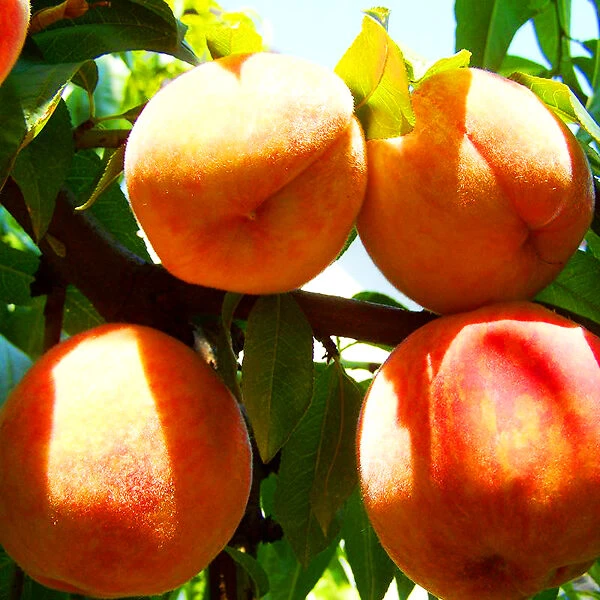
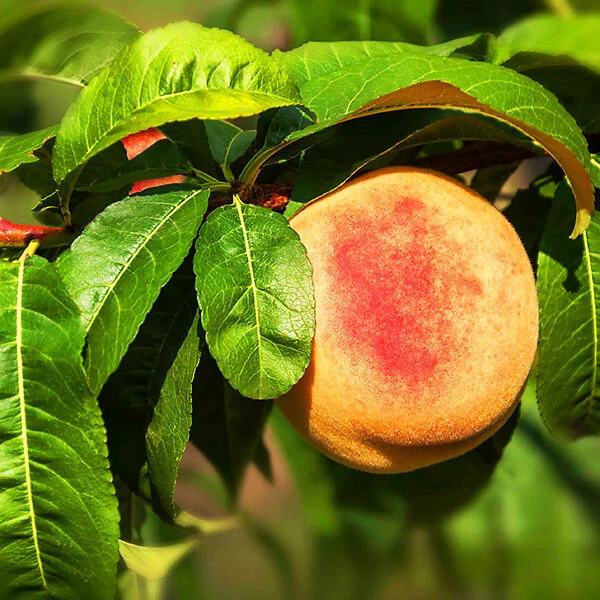
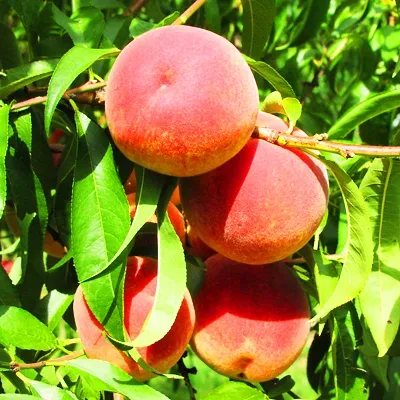


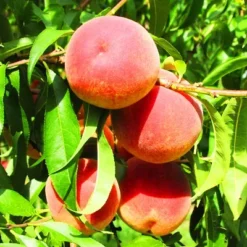
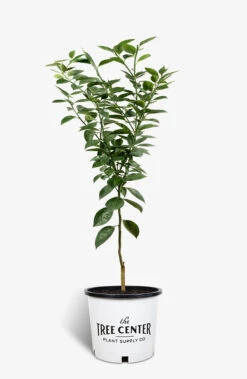
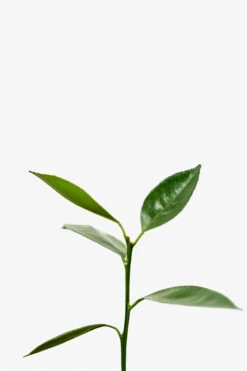







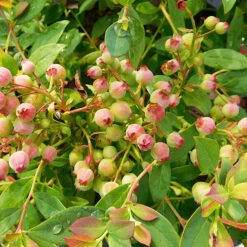
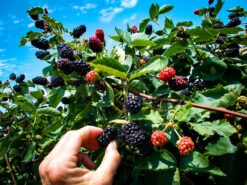
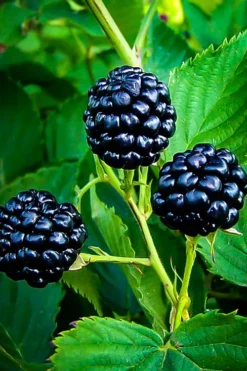
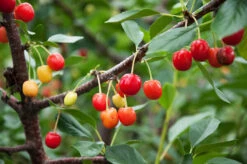


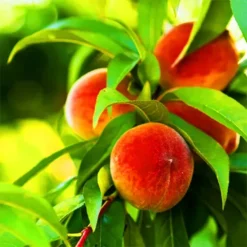
Reviews
There are no reviews yet.